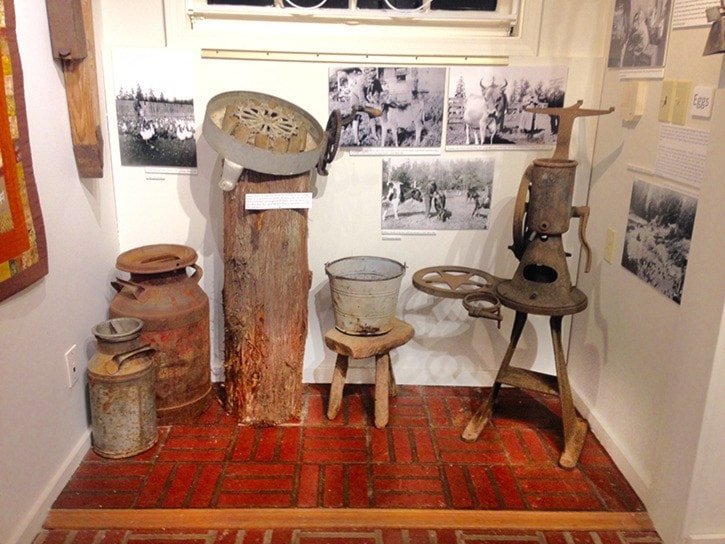Brianna Shambrook
Contributed
On June 26, the Sooke Region Museum opened its summer exhibit titled Growing Local: Bean There, Doing that!
This exhibit takes a look at contemporary and historic farming and agricultural practices in the Sooke region.
The exhibit will be open seven days a week, 9 a.m. to 5 p.m., until Sept. 5.
The Sooke region is well-known for its rich abundance of resources provided by Mother Earth. For centuries, the First Nations have foraged for things such as medicinal teas, seafood, fruits, plants and herbs.
Since the 1800s, new settlers have farmed these lands and developed a strong agricultural community. Over the last century and a half, Sooke has had countless farms that vary in size and products. Today, Sooke has over 30 operating farms.
Several topics are discussed in the exhibit including the Sooke Region Food CHI Society, conservation, foraging and wildcrafting, dairy, seeding and hatcheries. A significant portion of the exhibit is dedicated to the discussion of women in farming. In addition to a viewing of the 1995 film Outstanding in Her Field, there is information on women’s institutes, women farmers and the history of pioneer women. There is also a segment on the farming and foraging practices of T’Sou-ke Nation.
Visitors can expect to see a variety of artifacts from our collection including scythes, a yoke, farming tools, a cream separator and paintings of local farms. Additionally, local farmers and artists have loaned us objects such as a quilt and wet plate collodion photographs. Also on display are three of Jan Johnson’s metal sculptures.
Every summer we try to incorporate an interactive or hands-on element in our exhibits. This year, the hands-on element involves viewing and feeling the different stages of llama fibre as it is processed. We have four different fibre varieties, which demonstrate the process of creating yarn from llama hairs. We invite the visitors to gently feel the texture of the fibres at each of their stages.
The museum would like to thank all of the farms that aided in our research for this exhibit and completed our questionnaire. All of the information we acquired will be a tremendous asset when we renovate our permanent farming exhibit in the near future.
•••
Brianna Shambrook is the collections and exhibits manager at Sooke Region Museum.
